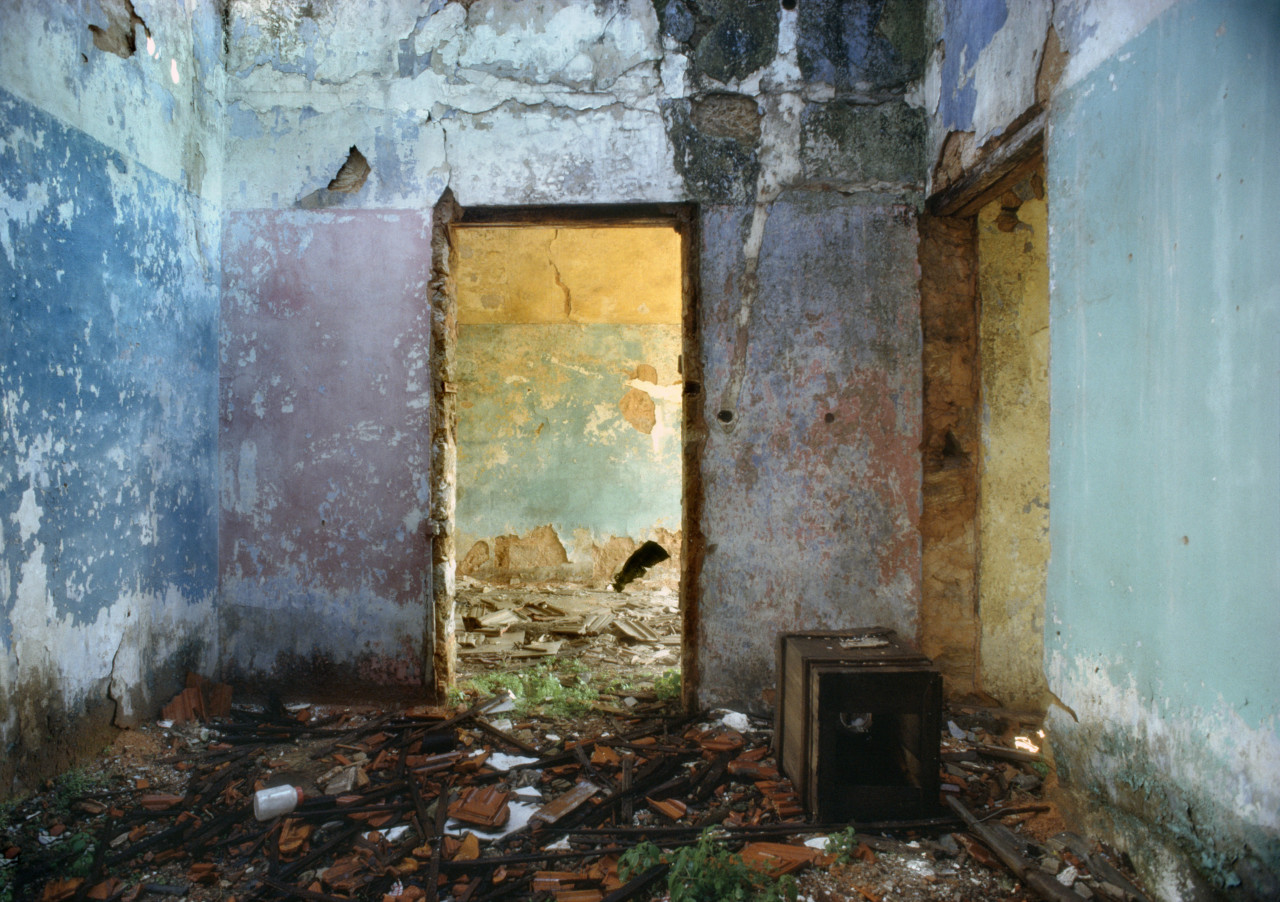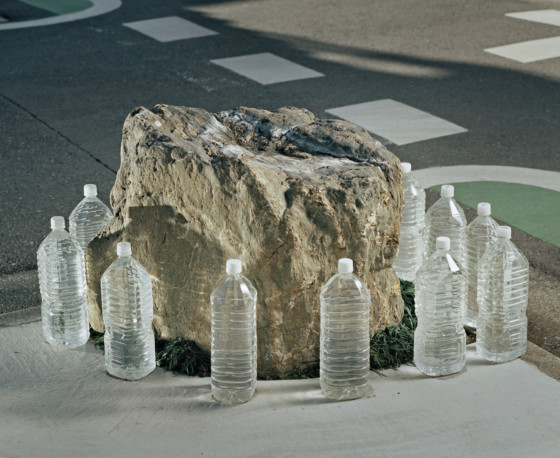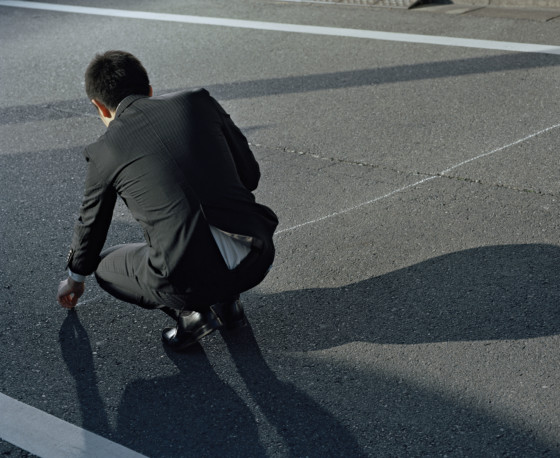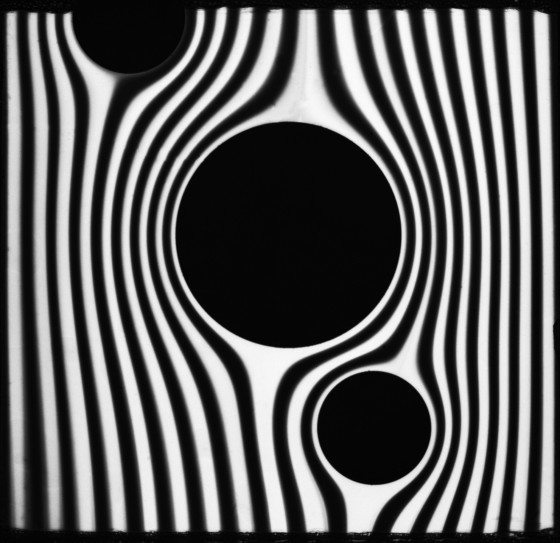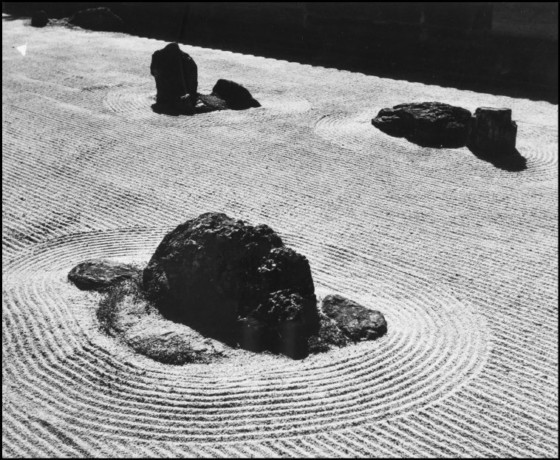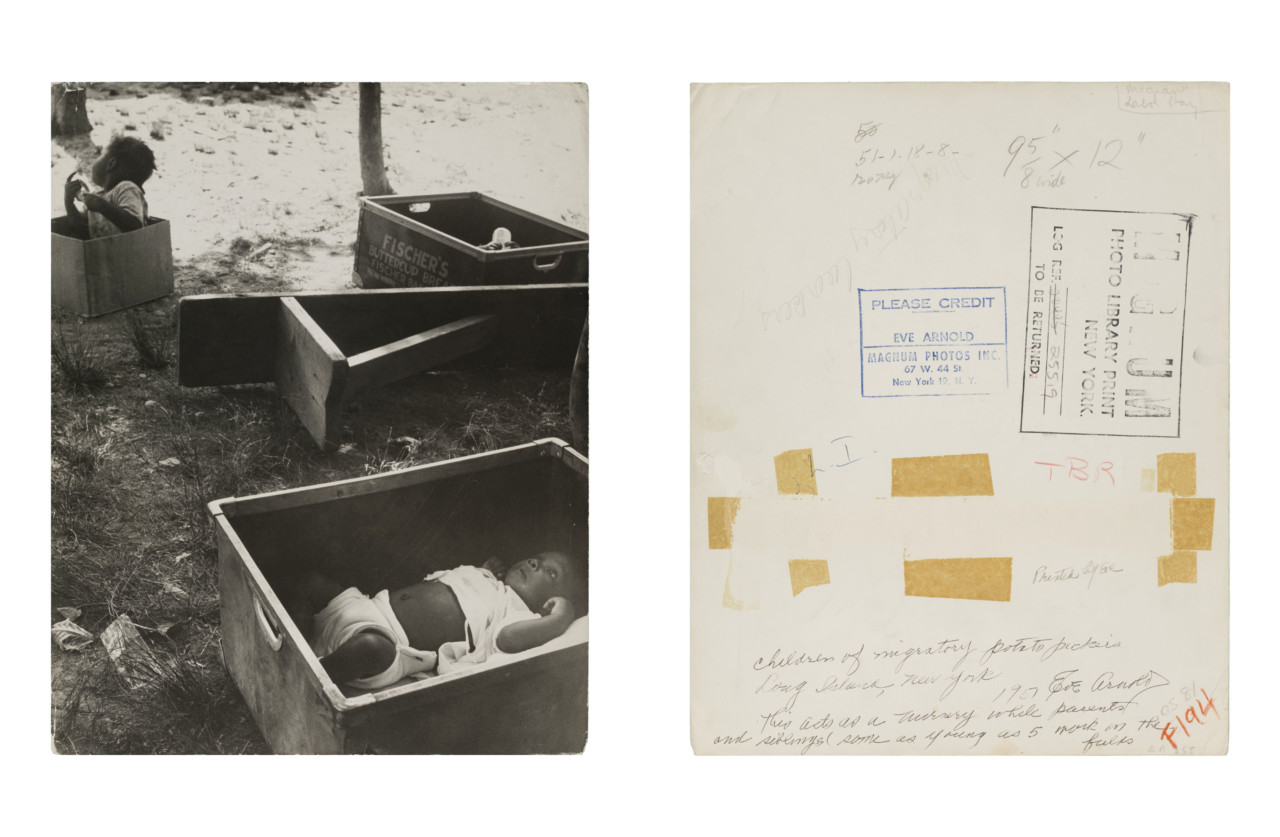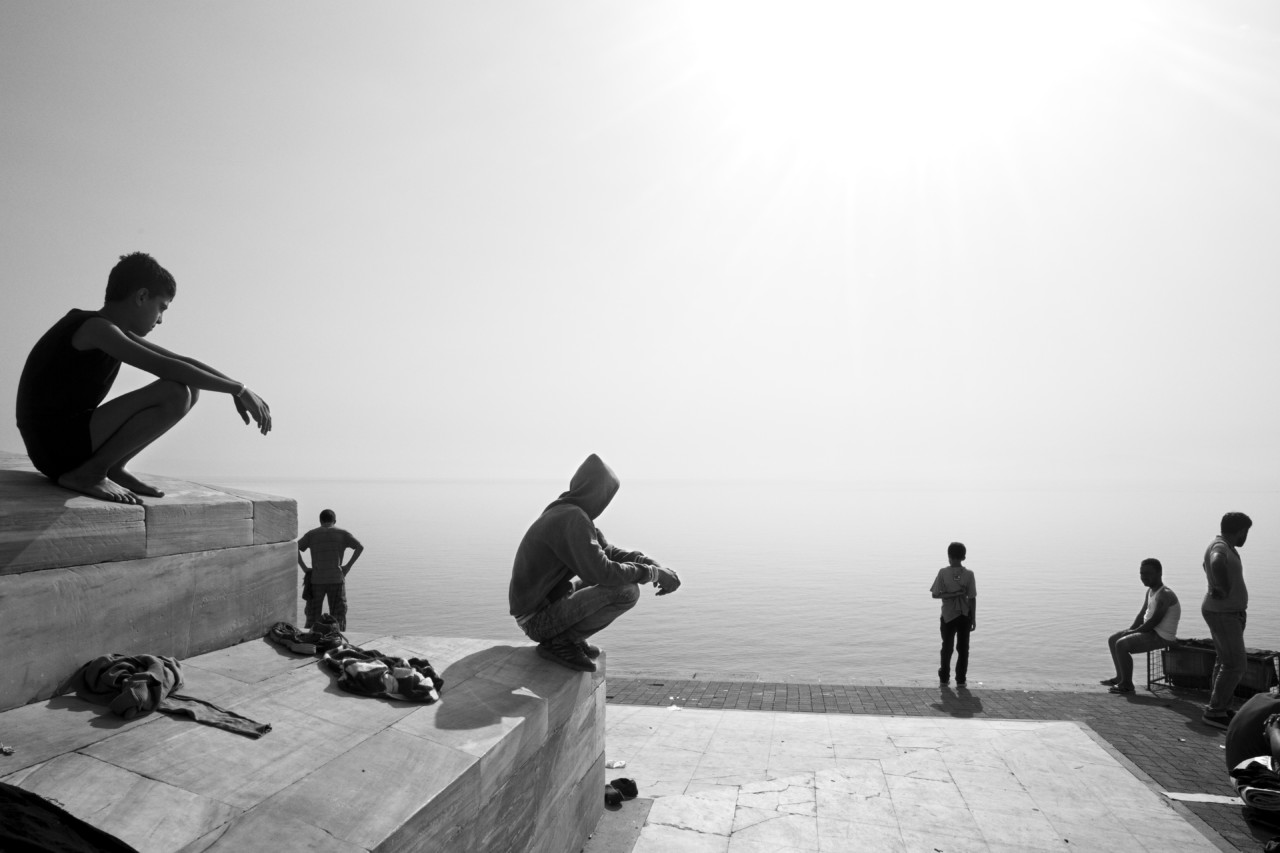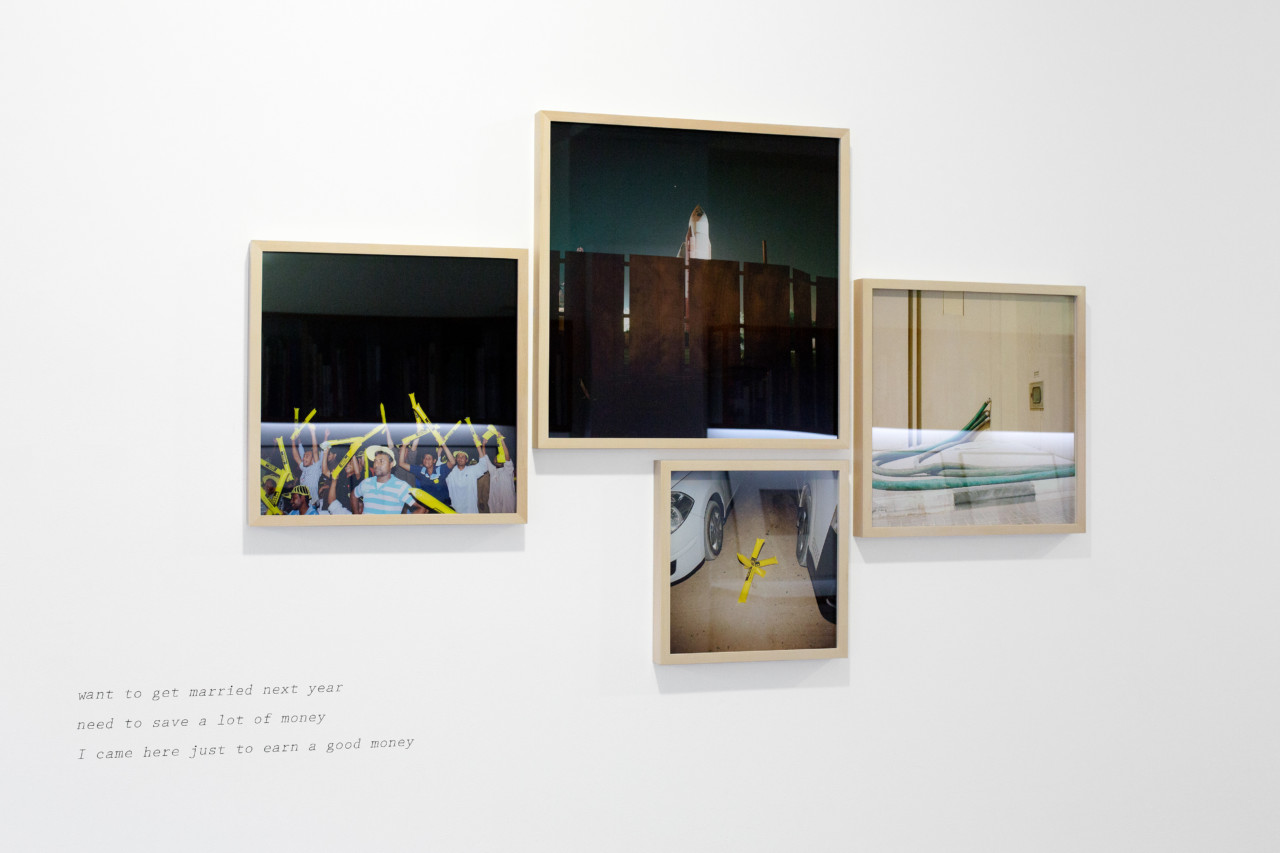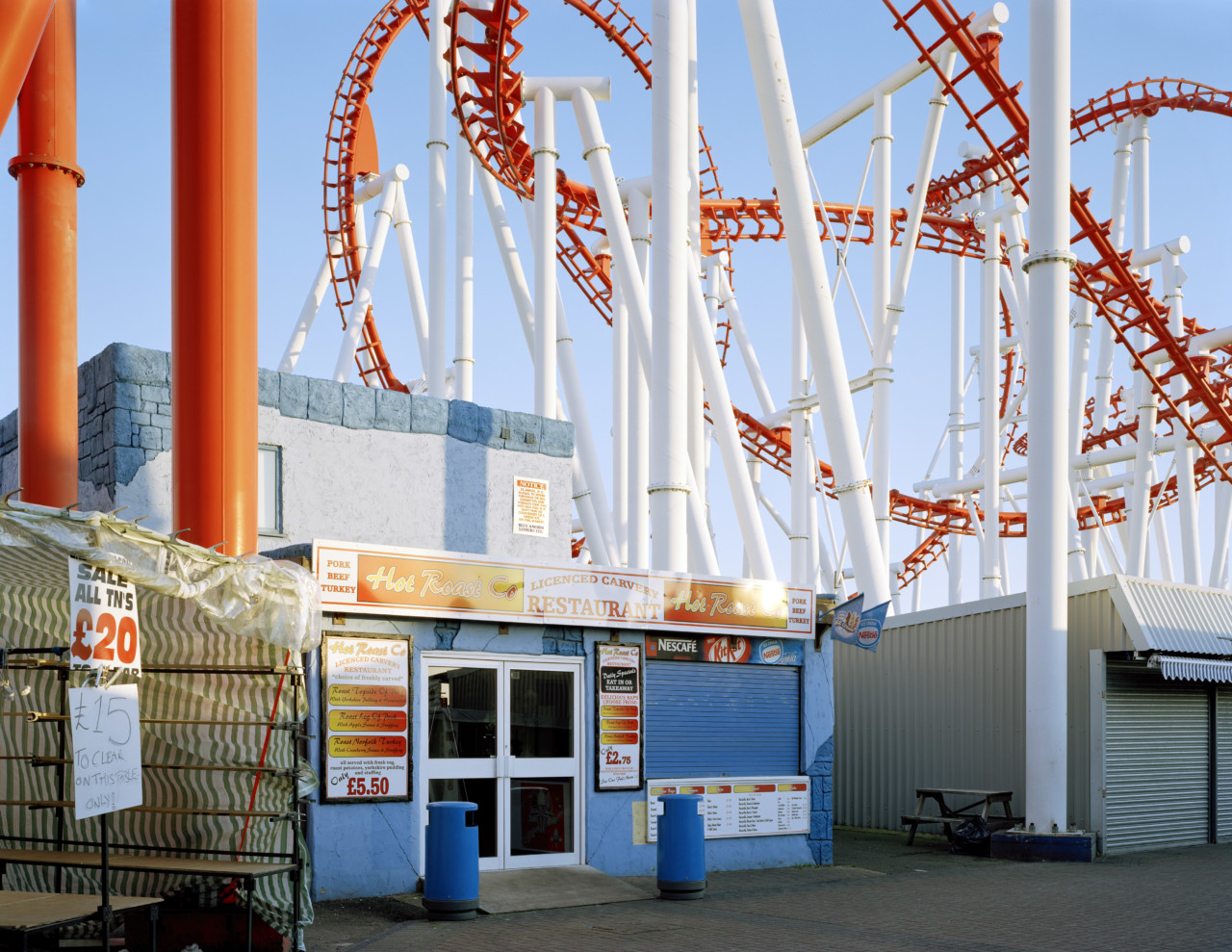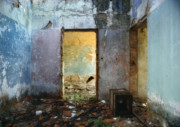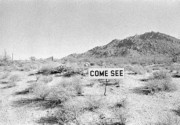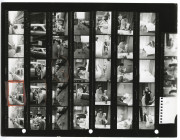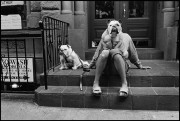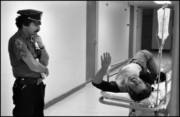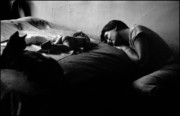Inside Magnum: Collecting Photography
Magnum’s Global Cultural Director demystifies the world of collecting photographic prints
Although Magnum Photos was founded as an editorial photography agency – cultural institutions acquired prints by Magnum photographers not long after its founding in 1947 – New York’s MoMA had an active photography department under Edward Steichen from the end of the Second World War and many early Magnum photographers had works taken into the collection. But it wasn’t until the mid-1980s that a dedicated print sales department was founded in the Magnum New York office, recognizing the city as the epicenter in the market for photography collecting.
Since then, the appetite for owning the printed work of photographers, both new work and rare vintage editions, has only grown; the higher end of the market mirroring the art market, with some rare and in-demand pieces demanding prices akin to contemporary art, and the entry level populated with photography fans looking to kick-start their collection with finds from well-known names or adorn their spaces with the work of rising talent.
As Magnum prepares for the Photo London photography fair, Sophie Wright, Magnum’s Global Cultural Director, whose remit includes print sales, exhibitions, books and commissions, talks about the importance of photography collecting and its place within Magnum.
The role of the photo fair
For Magnum Photos, fairs allow a broad selection of work to be seen by the photography-buying market, as well as providing an opportunity to meet collectors and understand their particular interests. Indeed, the relationship between the collector and the artist is a particularly interesting one, which we explore in our article
“Many of our biggest names have outside gallery representation, however, with over 90 photographers and estates, there is a lot of work, both historic and by new members of Magnum, that we are striving to increase awareness of. It is widely acknowledged that the art market has moved to fairs and so if we want to be a part of it, it’s important to have a presence at a number of them globally. Magnum Photos has a huge brand, but for many, we are known as the source of work and not necessarily a place one can buy from, so it’s an opportunity to educate the market about what we have, grow our collector base and establish links to key institutions in those geographies.”
The influence of institutions
While the work that personal collectors pursue ebbs and flows with trends in taste and the global social and political climate, the influence of institutions on the rise of collecting photography is evident. “Here in London, it is hard to ignore the influence of Tate Modern in the broadening acceptance of documentary photography by the art market,” says Wright. “With the hire of Simon Baker as their first media specific curator in 2009, and the setting up of a significant patronage group associated with the department in order to jump start their efforts to better represent photography within their collections, there has been a noticeable increase in interest and energy in the city.”
As a result, Wright has noticed a rise of interest in the collection of photojournalism. “There are some very serious collectors of this type of work in the UK, both historic and contemporary, and we have been lucky enough to receive support from some of them for new work by our photographers.”
“More broadly, we are also seeing high level institutions elsewhere acquiring vintage distribution material from our photographers. New collectors and collections are forming in places such as the Middle East and Asia where there is both an interest in our extensive archive as a source of stories about these regions of the world, along with an increased interest in the archive itself as an historical means of distribution. We recently sold a full set of vintage Werner Bischof prints with their original captions sheets to (planned museum of visual culture) M+ in Hong Kong, for example. It was a documentary on the influx of Chinese immigrants into Hong Kong during the 1950s and the captions were authored by the photographer, so it was a very complete photojournalistic story.”
Collectors and Magnum
There are several ways that serious collectors work with Magnum and, in turn, support the production of new work, or other culturally important projects. Sophie Wright explains:
“At the high end we are lucky enough to have a group of collectors around us, Magnum’s Collectors Circle, who support new production. This represents a really meaningful relationship for all those involved with that project. Another important part of our activity from a legacy perspective is the placing of rare material such as early vintage distribution material from our archives that has been released for sale (for anyone in Paris you can view the Analogue show at LE BAL curated from exactly this type of material), portfolios, book dummies or one-off pieces into good homes – either institutional or private collections of note.”
And while some people will make purchases as they would a financial investment, seeking to find rare work, or catching a rising photography star-in-the-making in the hope of their print growing in value, according to Wright, the smartest choice to make is simply buying what moves you: “I think most collectors start by buying what they are drawn to personally. There has been a lot written about the move to invest in art as a source of assured returns in a turbulent economy, however, you should buy what you love, as you will most likely be living with it for a long time afterwards.”
Magnum at 70 in London
Not only a key date in the global photographic community’s calendar, 2017’s Photo London fair comes just as Magnum kicks off its 70th anniversary celebrations in the city. The programme of talks, the live production of new photographic work, and both commercial and purely cultural exhibitions, embodies the symbiotic relationship print sales has with all areas of the photographic agency. “Magnum’s strength is in its breadth and heritage and in this, our 70th anniversary year, Photo London has provided a focal point for us to present a diverse London program,” says Wright.
On the Magnum Stand at Photo London, which you’ll find in the pavilion this year, you will find a combination of early and contemporary work. This will include original prints from Magnum’s 40th exhibition ‘In Our Time’ by Elliott Erwitt and Bruce Davidson; new work by Jim Goldberg, alongside of Rene Burri, Mark Power, Carolyn Drake and Paolo Pellegrin. Magnum is also presenting a unique installation on Japan, by one of Magnum’s newest nominees Max Pinckers, in which he juxtaposes pieces from his recent project ‘Two Kinds of memory and Memory itself’, with vintage prints by one of Magnum’s early members, Werner Bischof.
As part of the fair’s exhibition program ‘David Hurn’s Swaps’ is an exhibition of Magnum works from the collection of David Hurn, curated by Martin Parr. “Both are great patrons, as well as practitioners of documentary photography and this moment provides us with an opportunity to celebrate that,” says Wright. “Hurn has built a significant collection up over time, much of which has been based on swapping with his fellow photographers. Our exhibition explores both his diverse taste, along with the images of his that have drawn interest from the community of his Magnum colleagues.”
Across town in Magnum’s Print Room, there will be an experimental Live Lab of three photographers producing new work in residence over a two-week period. Produced in collaboration with the Museum of London it will deconstruct and present the process behind the making of a new body of work, the inter-relationship and chemistry of the participants as they develop their approaches, while also celebrating the agency’s long association with the Clerkenwell area of London.
“This, combined with a strong presence in the public talks program– including Newsha Tavakolian, Diana Markosian and Carolyn Drake amongst others – will present a truly diverse picture of Magnum Photos now,” says Wright, You can read more about the wider programme of public events in both London in May and worldwide here.
Magnum Manifesto, curated by Clement Cheroux will be available as a book published by Thames & Hudson in the UK from 18th May.


